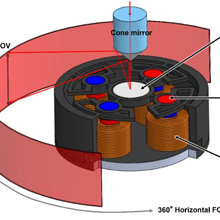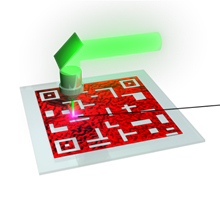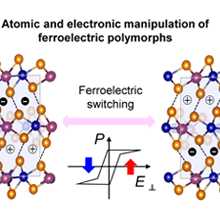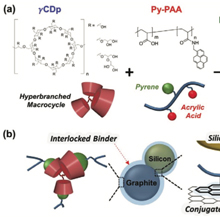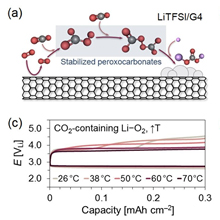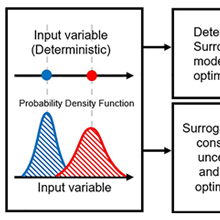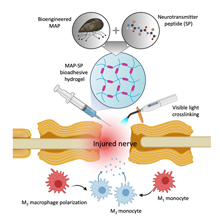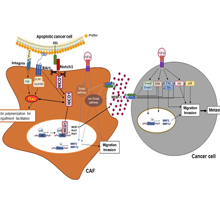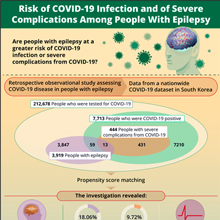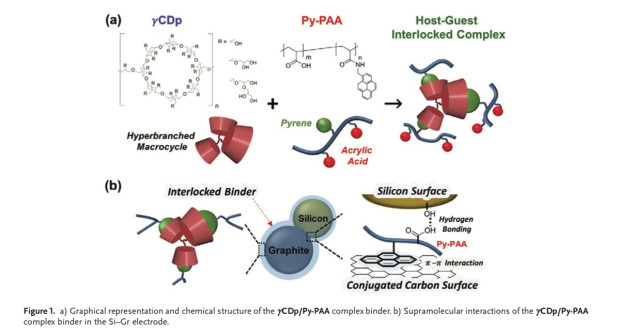본문
Host–Guest Interlocked Complex Binder for Silicon–Graphite Composite Electrodes in Lithium Ion Batteries

By prof. Kwan Woo Nam,
Chemical Engineering and Materials Science
Research Profile
kwanwoo@ewha.ac.kr
Maximizing the energy density of a lithium-ion battery cell by increasing the silicon content in the silicon–graphite (Si–Gr) composite anode is an ongoing research topic that is receiving much attention. However, the paradoxical surface characteristics of Si and Gr make it challenging to uniformly distribute the electrode components and maintain their adhesion during cycling accompanied with the immense volume change of Si. Here, an amphiphilic, tightly interlocked host–guest complex binder composed of pyrene-conjugated poly(acrylic acid) (Py-PAA) and a hyperbranched γ-cyclodextrin polymer (γ CDp) is reported. The pyrene unit of Py-PAA not only endows enhanced affinity to the Gr surface but also serves as a guest molecule capable of interlocking with the γ CDp host. This highly effective host–guest interaction sustains the integrity of the electrode to enable superior cycling performance and rate capability for Si–Gr electrodes with commercial-level areal capacity. This study shows that hierarchical, multifunctional supramolecular binders of two kinds can offer improved battery performance for emerging high-capacity electrodes consisting of components with different surface characteristics compared to conventional binders of a single kind.
* Related Article
Jaemin Kim, Jewon Choi, Kiho Park, Sungchan Kim, Kwan Woo Nam, Kookheon Char, Jang Wook Choi, Host–Guest Interlocked Complex Binder for Silicon–Graphite Composite Electrodes in Lithium Ion Batteries, ADVANCED ENERGY MATERIALS, Volume12, Issue11, March, 2022


